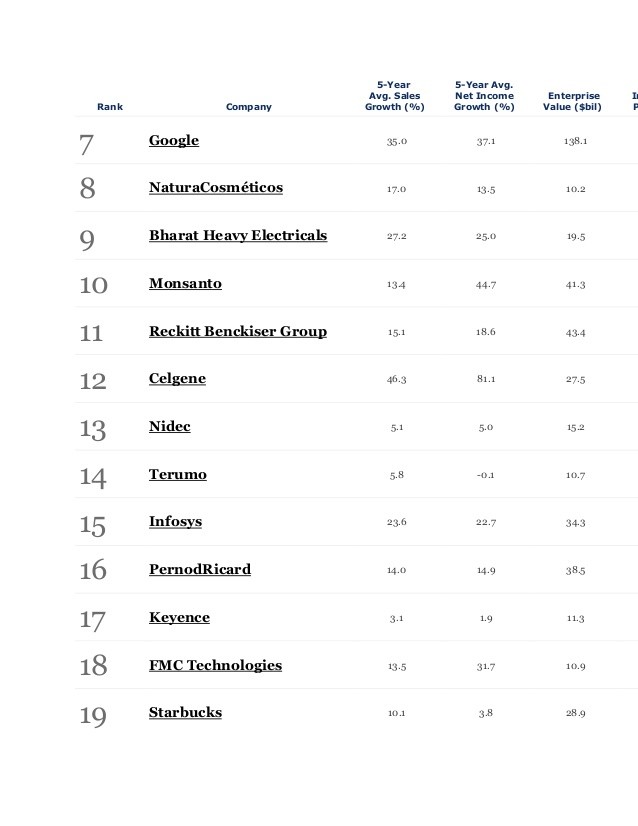Shifting Fortunes Page 0 of 7 Black Enterprise
Post on: 19 Май, 2015 No Comment

Things could be better … but they could be a lot worse, too. That was the state of mutual funds in mid-2004. As of the end of May, stock funds were up a trifle and bond funds had lost a little ground. Considering the geopolitical turmoil and rising interest rates weve already seen this year (the Federal Reserve hiked the rate to 1.25% on June 30, the first increase in four years), investors can take some comfort in the fact that we havent seen a repeat of the 2000 2002 bear market, when stock funds suffered three straight years of severe losses.
Here are the highlights so far, according to Chicago-based mutual fund research firm Morningstar Inc.:
Domestic equity funds were up about 1.4% on average. Among the major categories of stock funds, the best performances were turned in by those holding small-company value (bargain priced) stocks.
Taxable bond funds lost more principal than they paid out in interest. (Some interest rates rose, which drove down the price.) Net of these payouts and losses, the average bond fund lost around 1%.
Only a few subcategories of funds didnt come anywhere near breaking even. Foreign, small-company value funds and domestic healthcare funds did the best, gaining a far-from-breathtaking 6%. The big loser was the precious metals category of funds, mainly gold, which lost 17% after three straight years of sparkling returns.
Going forward, its impossible to know whether a surging economy will cause funds to move up or if funds will topple due to factors such as inflation, lack of consumer confidence, and terrorism. Alternatively, they might just putter along in what the pros call a trading range for the rest of the year. Amid such uncertainty, its best to hold funds that can preserve your principal in tough times
while still giving you a shot at decent returns in case the bull charges ahead.
Start with a basic asset allocation using different types of mutual funds, says Christopher Traulsen, a senior analyst at Morningstar. If youre relatively young and able to tolerate risks, you might hold 85% of your portfolio in stock funds and 15% in bond funds, which can provide income and reduce volatility. Investors who are more concerned about risks might want to own more bond funds while keeping, say, 35% in stock funds to maintain some growth potential.
STAYING CONSERVATIVE
Brian Pollard, 40, and Xandria Sutherland-Pollard, 41, are dentists with a practice in Liverpool, New York. They think the best way to reduce investment risk is to put some money into bond funds. We held some stock funds a few years ago, says Brian.
Even though they invested in blue-chip companies, the stock funds went spiraling down. We dont have a lot of tolerance for risk in our investments, so we switched to a portfolio that was heavy in bonds and cash.
Vicki Brackens, a financial planner with MetLife in Syracuse, New York, is the financial adviser to the Pollards. As she recalls, the naturally conservative couple became leery of stocks when the downturn began in 2000.














